Change Management

Change is constant in business, yet 60-70% of change initiatives fail. How will you deal with top issues like...
› Changing world and national crises keep coming, so how do we plan for the unexpected?
› We are not seeing great results after the switch to hybrid work – what do we do now?
› Sales has hit a revenue plateau – something needs to change but what will have real impact?
› Our company is going through big changes – how do we redesign work and roles?
› People are leaving – we need to make changes but where do we start?
› The board is demanding a reduction in force but are there other, more equitable, options?
change:
/CHānj/
verb.
a. make different; alter; transform
b. to give a different course or direction to
c. to make a shift from one to another
How We Do It
Create a Talent Strategy
Developing a talent strategy for multiple scenarios ensures you can act fast under pressure. Acting without a well-designed plan leads to poor, subjective people decisions like "we just need warm bodies" when talent is scarce or "last in, first out" layoff plans. We start at the top and take stock of existing talent, your business strategy, and other factors to help you plan for the unexpected.
[Re]Design Work
A major part of change management is understanding how the work and the work environment needs to change. Proactively redesigning work leads to less downtime, higher productivity, development and retention opportunities, and higher employee confidence in the change. People will leave but you can ensure that the best people stay.
Understand How People Think
People are hard-wired to thrive on change, risk, or uncertainty while others are wired to feel these things as panic or crisis, even if there are significant benefits. We use The Predictive Index to assess these factors because this is critical information for successful change management.
Plan and Communicate
People want to understand the 'why' and 'how' when things are changing. Proper communication makes an enormous different in how the change plays out, who stays, who becomes toxic, and the reputation of your organization. Planning, communication, proper implementation, and managing the impact of change always leads to far better outcomes.
